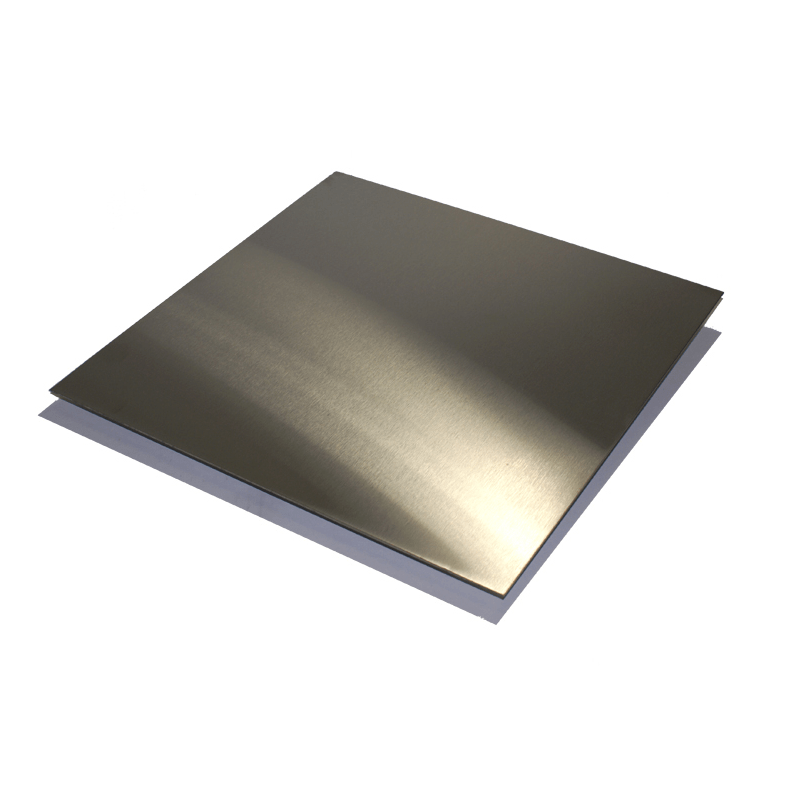
Нержавеющие стали 316 и 316L представляют собой аустенитные нержавеющие стали с одинаковой коррозионной стойкостью и механическими свойствами, но имеют некоторые различия, главным образом, в содержании углерода и применении. Это сравнение определит их химический состав, свойства, коррозионную стойкость, сварочные характеристики и типичные области применения.
1. Химический состав
Основное различие между 316 и 316L заключается в содержании углерода.
Таблица 1: Химический состав
| Элемент | Нержавеющая сталь 316 | Нержавеющая сталь 316L |
|---|---|---|
| Хром (Cr) | 16-18% | 16-18% |
| Никель (Ni) | 10-14% | 10-14% |
| Молибден (Мо) | 2-3% | 2-3% |
| Углерод (С) | ≤ 0,08% | ≤ 0,03% |
| Железо (Fe) | Остаток средств | Остаток средств |
2. Механические свойства
Обе марки обладают схожими механическими свойствами, но более низкое содержание углерода в 316L часто приводит к лучшей устойчивости к коррозии и лучшей свариваемости.
Таблица 2: Механические свойства
| Имущество | Нержавеющая сталь 316 | Нержавеющая сталь 316L |
|---|---|---|
| Предел текучести (МПа) | 290 – 600 | 290 – 600 |
| Прочность на растяжение (МПа) | 580 – 750 | 580 – 750 |
| Удлинение (%) | 40% или выше | 40% или выше |
| Твердость (по Роквеллу Б) | 70-90 | 70-90 |
3. Коррозионная стойкость
Обе марки обладают превосходной коррозионной стойкостью в различных средах, но 316L имеет преимущество в определенных применениях из-за более низкого содержания углерода, что снижает риск выделения карбидов и межкристаллитной коррозии.
Таблица 3: Коррозионная стойкость
| Тип коррозии | Нержавеющая сталь 316 | Нержавеющая сталь 316L |
|---|---|---|
| Общая коррозия | Очень хороший | Очень хороший |
| Сопротивление точечной коррозии | Превосходно | Превосходно |
| Коррозионное растрескивание под напряжением | Умеренный | Лучшее сопротивление |
| Межкристаллитная коррозия | Возможно при неправильной сварке | Меньший риск из-за меньшего содержания углерода |
4. Свариваемость
Свариваемость является важным фактором при выборе марок нержавеющей стали для строительства.
Таблица 4: Сравнение свариваемости
| Особенность | Нержавеющая сталь 316 | Нержавеющая сталь 316L |
|---|---|---|
| Общая свариваемость | Хорошо, но требует осторожности, чтобы избежать осаждения карбидов. | Превосходное качество, низкое содержание углерода снижает риск образования карбидов |
| Предсварочная обработка | Обычно не требуется | Обычно не требуется |
| Послесварочная обработка | Может потребоваться отжиг для восстановления свойств. | Обычно не требует послесварочной обработки. |
5. Приложения
Выбор между 316 и 316L часто зависит от конкретных требований применения, особенно в отношении коррозионной стойкости и условий сварки.
Таблица 5: Типичные области применения
| Область применения | Нержавеющая сталь 316 | Нержавеющая сталь 316L |
|---|---|---|
| Морские приложения | Лодочное оборудование, морское оборудование | Чаще используется для погружных применений, где коррозия имеет решающее значение. |
| Химическая обработка | Резервуары и трубопроводы для различных химикатов | Предпочтителен в средах с хлором и высокой соленостью. |
| Пищевая и фармацевтическая промышленность | Пищевое оборудование | Предпочтителен для гигиенических применений; меньше вероятность коррозии или ржавчины |
| Сварочные изделия | Конструкционные применения, требующие высокой прочности | Используется для тонкостенных профилей для уменьшения деформаций при сварке. |
| Нефтегазовый сектор | Клапаны, трубопроводы и оборудование | Используется в средах, подверженных воздействию агрессивных сред. |
Краткое описание различий
| Особенность | Нержавеющая сталь 316 | Нержавеющая сталь 316L |
|---|---|---|
| Содержание углерода | ≤ 0,08% | ≤ 0,03% |
| Устойчивость к коррозии | Хорошее, с возможностью межкристаллитной коррозии | Лучше из-за меньшего содержания углерода |
| Свариваемость | Хорошо, но нужен уход | Превосходное качество, сниженный риск коррозии |
| Расходы | Обычно ниже | Немного выше из-за меньшего содержания углерода и большего легирования. |
| Приложения | Приложения общего назначения, морские | Среды с хлором и высокой соленостью, пищевая/фармацевтическая промышленность |
Вывод
Нержавеющие стали 316 и 316L являются отличным выбором для применений, требующих высокой коррозионной стойкости и хороших механических свойств. Выбор между ними обычно зависит от конкретных условий окружающей среды и требований, таких как сварка или подверженность межкристаллитной коррозии.
- Нержавеющая сталь 316 подходит для широкого спектра применений, но необходимо соблюдать осторожность при сварке и в агрессивных средах.
- Нержавеющая сталь 316L обеспечивает повышенную стойкость к межкристаллитной коррозии и предпочтителен для более сложных условий, особенно при сварке.
Выбор правильного сорта имеет важное значение для обеспечения производительности и долговечности компонентов в различных отраслях промышленности.
